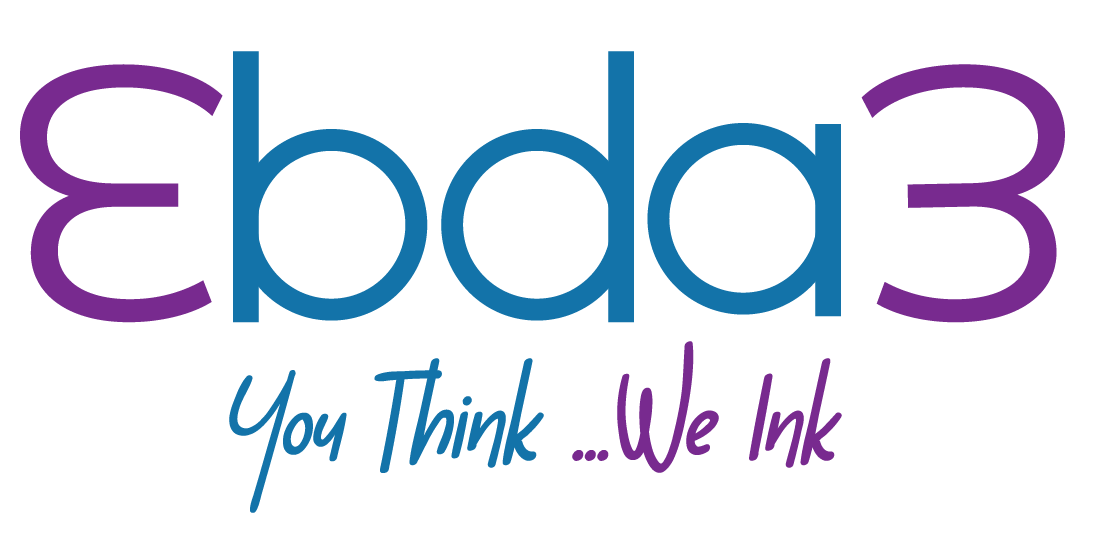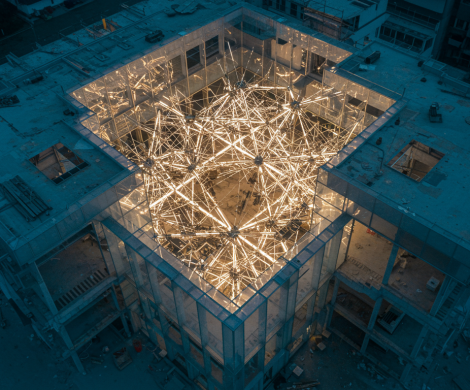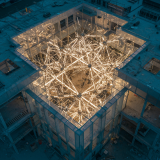The Invisible Architecture of Creativity

When people imagine creativity, they often picture flashes of inspiration, sudden sparks that light up the mind. Yet creativity is also built on an invisible architecture, a structure of habits, mindsets, and subtle practices that shape the way ideas emerge. This architecture is not easily seen, but it underpins the innovations and breakthroughs that define progress in business and beyond. For organizations, cultivating this architecture is less about forcing ideas and more about creating the conditions in which they naturally arise.
At its foundation, creativity thrives on curiosity. Companies that encourage employees to ask questions, explore new perspectives, and embrace ambiguity lay the groundwork for unexpected insights. Curiosity is the scaffolding on which new ideas are built, providing the freedom to experiment without fear of failure. Over time, this becomes part of the culture, a silent agreement that exploration is not a distraction but a necessity for growth.
Another element of this invisible architecture is diversity. When individuals from different backgrounds and disciplines come together, the intersections of their experiences produce novel solutions. A designer may see patterns in data that a strategist overlooks, while an engineer may imagine practical applications for an abstract idea. This diversity does not emerge by accident but must be intentionally woven into teams, projects, and conversations. The architecture of creativity depends on these intersections, as they create structural integrity for innovation.
Discipline is also part of the framework. Contrary to the myth of chaos, creativity often flourishes within boundaries that provide focus. Deadlines, objectives, and clear goals act like beams that support the weight of imagination, preventing it from collapsing under its own possibilities. Businesses that recognize this balance between freedom and structure nurture creativity not as a sporadic event but as a steady, sustainable force.
The invisible architecture of creativity also includes trust. Without psychological safety, individuals hesitate to share unconventional ideas, fearing judgment or rejection. Trust creates the space where even the most unpolished thought can spark dialogue that evolves into something transformative. It is this trust that allows creativity to scale from the individual level to the organizational level, becoming part of the company’s DNA.
Ultimately, creativity may appear spontaneous, but it rests on an unseen architecture of curiosity, diversity, discipline, and trust. Organizations that invest in building this architecture do more than innovate; they establish enduring resilience. Their invisible structures empower them to face uncertainty with confidence, transforming imagination into impact. Though unseen, this architecture is the foundation upon which tomorrow’s solutions are built.




